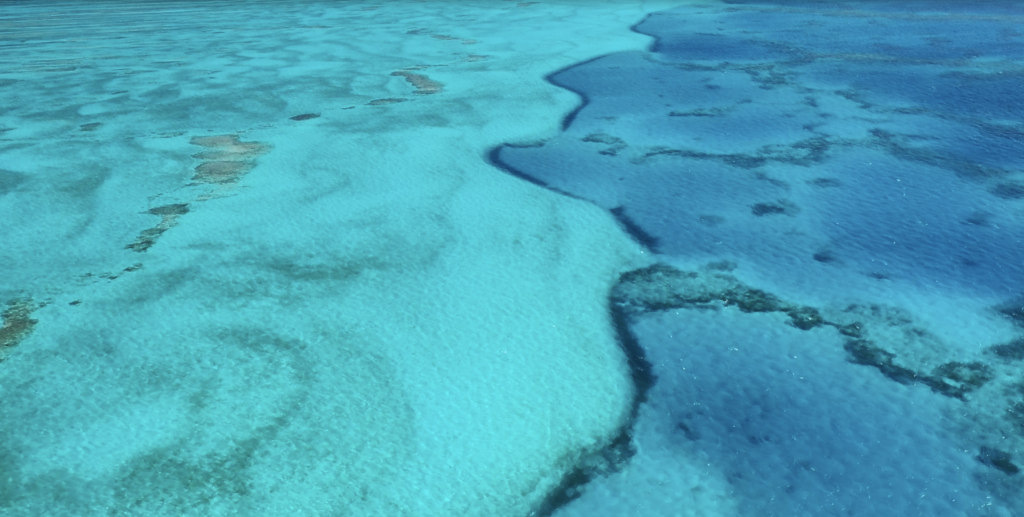UHMC Water Quality Lab Scientist Returns From Research Trip to Papahānaumokuākea

University of Hawaiʻi Maui College water quality lab technician, Arik Dadez, and colleagues from the National Oceanic and Atmospheric Administration, UH Mānoa and the College of Charleston just completed a 20-day voyage to Papahānaumokuākea Marine National Monument.
The team’s mission was to study ways to mitigate the spread of a newly-identified and fast-growing nuisance alga, named Chondria tumulosa, that they say is posing a serious threat to native species. The team spent eight days conducting research around Manawai (Pearl and Hermes Atoll), where the alga was documented in 2019.

The role of UHMCʻs water quality lab was to investigate possible oceanographic phenomena that may be contributing to the presence and distribution of the alga. To do this, Dadez collected water samples around the atoll for a suite of parameters including temperature, salinity, nutrients, pH, chlorophyll and stable isotopes.
“We will compare our data from sites with and without Chondria to understand the oceanographic and biogeochemical conditions in which this alga thrive,” explains Dadez. The samples will be analyzed at UHMC’s water quality lab and at UH Manoa.
Other research on the cruise included Chondria physiology and ecology studies, as well as drone surveys that will be paired with satellite imagery to develop methods for detecting the alga from space. During the cruise, Chondria was documented at approximately 30% of surveyed sites at Manawai. Another research cruise to PMNM is currently underway and scientists aboard the ship will be investigating whether the alga has spread to other islands and atolls within the monument.
This trip was Dadez’s longest voyage ever and his first time to Papahānaumokuākea. “The trip was amazing,” said Dadez. “To see the blues, all the different blues in the world and all the marine life,” says Dadez. “It was an eye-opening, life-changing experience.”
The research was supported by NOAA’s Office of National Marine Sanctuaries and a grant from the National Fish and Wildlife Foundation.
“We are excited for the opportunity to participate in research that benefits our coral reef ecosystems, and to work in collaboration with talented scientists from other research and academic institutions,” said Dr. Andrea Kealoha, Director of the Water Quality Lab. “Understanding how and why this alga thrives is critical to mitigating any further spread to locations throughout the Hawaiian Archipelago.”









